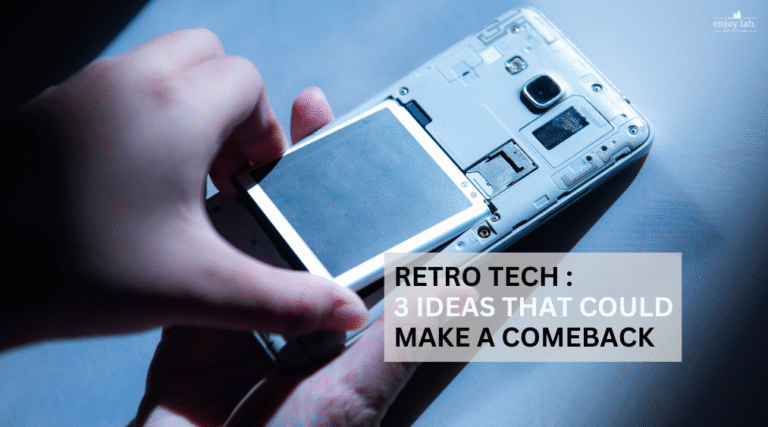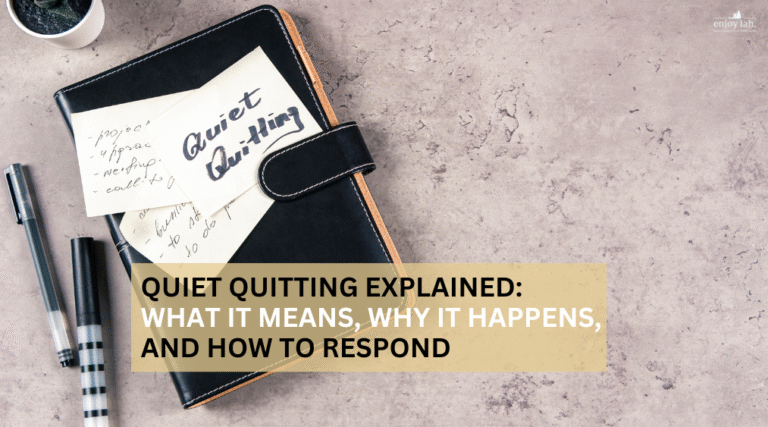One of the most annoying things now is shrinkflation. Have you ever enjoyed your snack or ice cream only to find it’s half-filled with air, or has the ice cream become supermini? I always end up craving disappointment. Sound familiar? Welcome to the world of shrinkflation—the sneaky shrinking trend where your snack is shrinking faster than your patience.
Shrinkflation isn’t just about paying the same price for less. It just feels like your craving has been betrayed. It’s time to talk about it!
What is Shrinkflation? (And Why Should You Care?)
Let’s break it down: In fighting inflation, shrinkflation occurs when companies reduce the size or quantity of a product while keeping the price the same (or even increasing it). It’s like ordering a large meal and getting a medium but paying extra for the privilege. It just makes you wonder what medium sizes are these days!
Examples of Shrinkflation in Action:
- Soda Cans: Your 330ml can is now a dainty 250ml. Cheers to less fizz!
- Chocolate Bars: That 100g bar you love? It’s now a slim 80g.
- Ice Cream: Pint-sized containers are shrinking to 14oz or less. Who decided a pint wasn’t generous enough?
Why Shrinkflation Happens:
Companies blame rising production costs, supply chain issues, and inflation. But let’s be honest—it’s also about protecting profit margins without scaring off customers with higher prices. The result? We’re left paying the same (or more) for less, and it’s hard not to feel a little cheated and frustrated.
The Psychology of Shrinkflation: Why It Feels Worse Than Inflation
Here’s the thing: shrinkflation isn’t just a financial issue—it’s an emotional one. And nothing ruins that craving experience faster than realizing your treat has been downsized. Hence, it impacts us psychologically.
The Craving Factor:
Imagine you’re craving a specific brand of cookies on your cheat days. You buy them, only to find the pack is smaller. Sure, the cookies taste the same, but the experience feels incomplete. It’s like watching your favorite movie with the last 10 minutes cut off.
Perceived Value:
Paying the same price for less just makes us feel shortchanged, even if the cost per gram hasn’t changed. It’s a psychological trick that leaves us feeling frustrated—literally.
The Emotional Impact Caused by Shrinkflation:

When we want our snacks, it’s because we crave them. Our lifestyle could cause stress, or we might want snack companions for our favorite TVs or exciting football matches. More importantly, we also need that “dose” occasionally to fix our emo days. Just imagine getting your tastebuds betrayed on your emo day! That is quite frustrating!
Real-Life Examples of Shrinkflation (And Why They Hurt)
Let’s get specific. Here are some real-life examples of shrinkflation that’ll make you want to write a strongly worded letter to your favorite brands:
Ice Cream:
Have you noticed your cone of ice cream has shrunk? Worse, the mini version has become tiny!
Chips:
Chip bags are now more air than chips. Opening one is like opening a bag of disappointment with a side of crunch.
Coffee:
Your morning brew just got pricier—and not because of fancy beans. Coffee bags are shrinking, leaving you with fewer cups of joy.
The Hidden Costs of Shrinkflation
Shrinkflation isn’t just annoying—it has real consequences.
Financial Impact:
Over time, paying the same for less adds up. That “small” reduction in size can mean significant savings for companies—and bigger bills for you. For me, that is real because I ended up buying more packs! So that is inflation!
Environmental Concerns:
When you buy more because there is so little available per pack, more packaging for less product means more waste. It’s a lose-lose for your wallet and the planet.
Consumer Trust:
Brands that rely on shrinkflation risk losing loyal customers. When we feel cheated, we’re less likely to return for more. Now, I always admire food companies that deliver value to our taste buds. However, there aren’t too many out there!
How to Fight Back Against Shrinkflation
While we can’t stop shrinkflation entirely, we can take steps to cope—and maybe even outsmart it.

1. Be a Savvy Shopper:
Compare unit prices (price per gram/liter) to spot shrinkflation. Sometimes, buying in bulk or choosing store brands can save you money. These days, my household does a lot of calculations to figure out the impact of shrinkflation whenever we shop.
2. Support Honest Brands:
Some companies are transparent about their pricing and product sizes. This is why I love to support brands that deliver value to my taste buds or consumption.
3. DIY Fixes or Sustainable Consumption:
Make your snacks or buy ingredients in bulk. Homemade cookies might not come in a fancy package, but they satisfy your cravings.
Final Thoughts: Don’t Let Shrinkflation Steal Your Joy
By writing this article, I want to clarify that I understand the impact of inflation. I just want to reflect the reality of our lifestyle. At the end of the day, shrinkflation is more than a financial issue—it’s a quality-of-life problem as well. Our favorite snacks should be a source of joy, not disappointment or frustration.
So, the next time you open a bag of chips or unwrap a chocolate bar, take a moment to enjoy it—even if it’s a little smaller than you remember. And remember: while we can’t control shrinkflation, we can control how we respond to it. Stay savvy, stay vocal, and don’t let anyone shrink your happiness.








